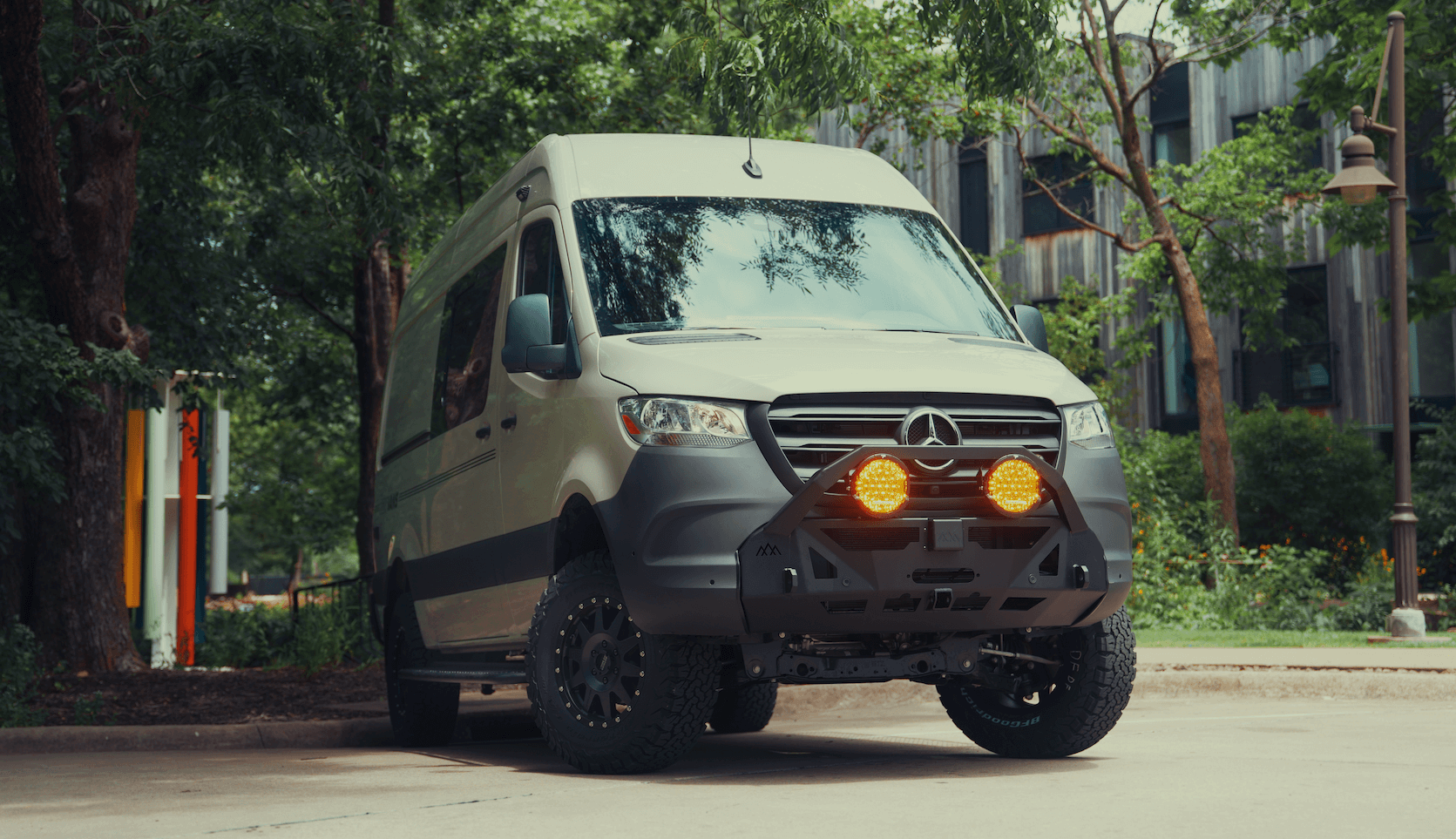Primary ways to get online while traveling
Finding WiFi on the road is easier when you layer multiple options. Think of connectivity like a toolkit. Each tool covers different miles, crowds, and weather.
- Public WiFi: Libraries, coffee shops, community centers, and some trailhead visitor facilities offer free access. Speeds vary with crowd size and router age. Expect captive portals that time out and require reauth.
- Phone hotspot: Most carriers allow tethering from your phone. Check your plan’s high speed allotment and throttling rules after the cap. Performance depends on the local tower load and your distance from it.
- Dedicated hotspot or cellular router: A separate device keeps your phone free and usually manages reception better. Many support external antennas, dual SIM options, and better WiFi sharing inside the vehicle.
- Campground WiFi: Useful for light tasks near the office or bathhouse. Distance, trees, and peak evening usage reduce speeds. A WiFi extender can help, but do not expect reliable video calls at crowded parks.
- Satellite: Starlink style services shine in rural zones with sparse cellular coverage. You need clear sky view, enough power, and an unobstructed mount. It is a strong backup when you camp far from towns.
Public WiFi realities
Public networks are a helpful bridge for downloads and quick uploads. Use a VPN for security, avoid banking on open networks, and turn off automatic WiFi joining so your devices do not latch onto weak signals. Keep offline maps and work files cached in case the network drops.
Mobile hotspot from your phone
Phones make great on the go connections. Study your plan’s fine print on tethering caps, deprioritization, and roaming. In busy tourist spots, a congested tower can slow speeds even with full bars. Try moving a few miles or waiting outside peak hours to regain throughput.
Dedicated hotspot or router
A dedicated hotspot or a cellular router adds stability and control. Many units support external antennas that you can place on your roof for better line of sight. Some routers bond or fail over between carriers which cuts interruptions during calls. If redundancy matters, consider two SIMs from different carriers.
Planning data use and managing coverage
A little planning turns a flaky connection into a predictable system.
- Map coverage: Check carrier coverage maps and crowd sourced reports before you drive. Most gaps sit between small towns and forested valleys.
- Size your data: Video conferencing can use 1 to 2 gigabytes per hour at HD. Streaming shows can consume even more. Lower video resolution when you are on a tighter plan.
- Cache smart: Download software updates, podcasts, and cloud files when you find strong WiFi. Sync your work folders for offline access. Let collaboration tools push changes when you reconnect.
- Security basics: Use a trusted VPN, keep firmware updated, and disable WPS and unused SSIDs on your router. Set strong passwords and rotate them over time.
- Team bandwidth: If several people share the connection, set quality of service rules on your router so calls and uploads get priority over streaming.
When you must send large files, schedule uploads at off hours. If you handle mission critical meetings, keep a second connection ready. Failover from your router to a phone hotspot can save a call when a tower hiccups.
Equipment that improves mobile internet
Hardware does not create signal from nothing, but it makes marginal service usable.
- External antennas: A roof mounted cellular antenna often adds meaningful gain in weak areas. Aim for multiband support to cover major carriers and future proof your setup.
- Signal boosters: In fringe zones a booster can stabilize uploads and hold a call, especially in motion. They help most when your device struggles to keep a consistent link.
- WiFi extenders and travel routers: At campgrounds, a directional antenna pointed at the access point can bring the park network into your rig, then your router distributes that signal inside.
- Power matters: Routers, hotspots, and satellite draw steady power. Plan your battery and inverter sizing so that connectivity does not drain your house bank. Use DC power when possible to reduce conversion losses.
- Mounting and cable management: Shorter coax runs and clean grounds reduce loss. Keep antennas clear of roof racks and lights that may create interference.
Satellite fills the gaps when cellular stalls. It wants clear sky, a stable mount, and enough battery reserve for evening use. In treed camps, repositioning a few feet can shift obstructions and improve speeds.
Reliable connectivity on the road is not about one magic device. It is a blend of plans, antennas, smart settings, and habits that match where you travel and how you work.
Ready to turn this plan into a dependable system inside your next adventure van. Our team integrates cellular routers, clean antenna mounts, managed power, and tidy cable runs during a professional build. Explore Recreational vans, browse Custom van builds, or see Mainstream vans for platform ideas.
Tell us how you connect on the move. We will design a network ready build that supports remote work, school, and streaming without the daily scramble for a signal.
